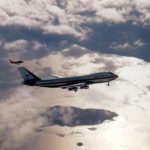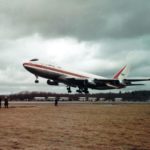In Profile: Joe Sutter
Share
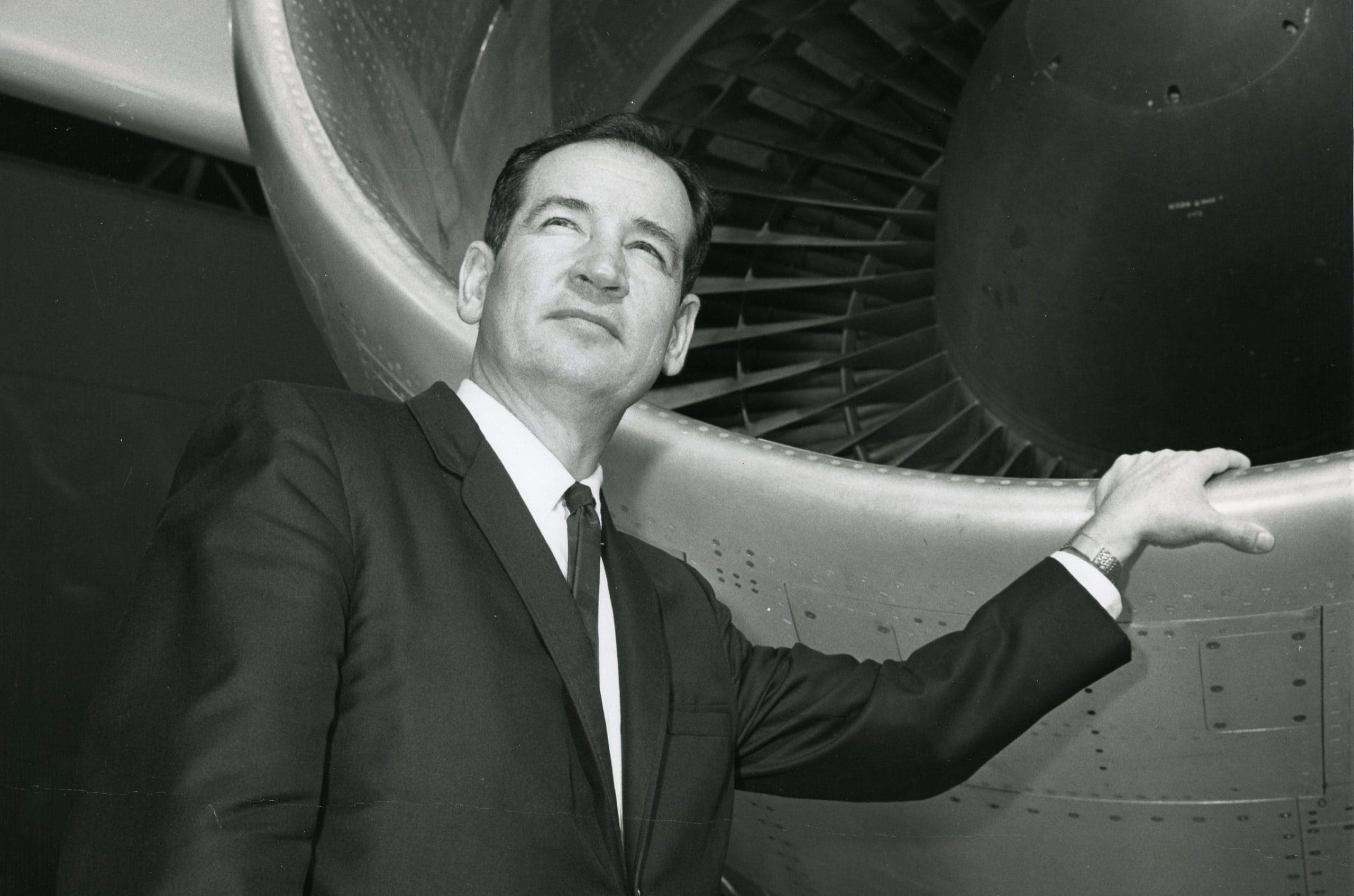
Joe Sutter is a giant in the history of commercial aviation. And he’s also not the least bit reserved about speaking his mind!
Sutter, now in his ’90s, graduated from the University of Washington’s College of Aeronautical Engineering in 1943. After World War II, in 1946, he joined Boeing’s aerodynamics group and was assigned to work of the Boeing 377 Stratocruiser, a four-engine propeller passenger plane that would enter service in 1949. Sutter would go on to a life-long career with Boeing, and is famously known as “The Father of the 747.” In the late-1960s, he led the engineering design team that was responsible for bringing the iconic Boeing wide-body jet to life in only 29 months.
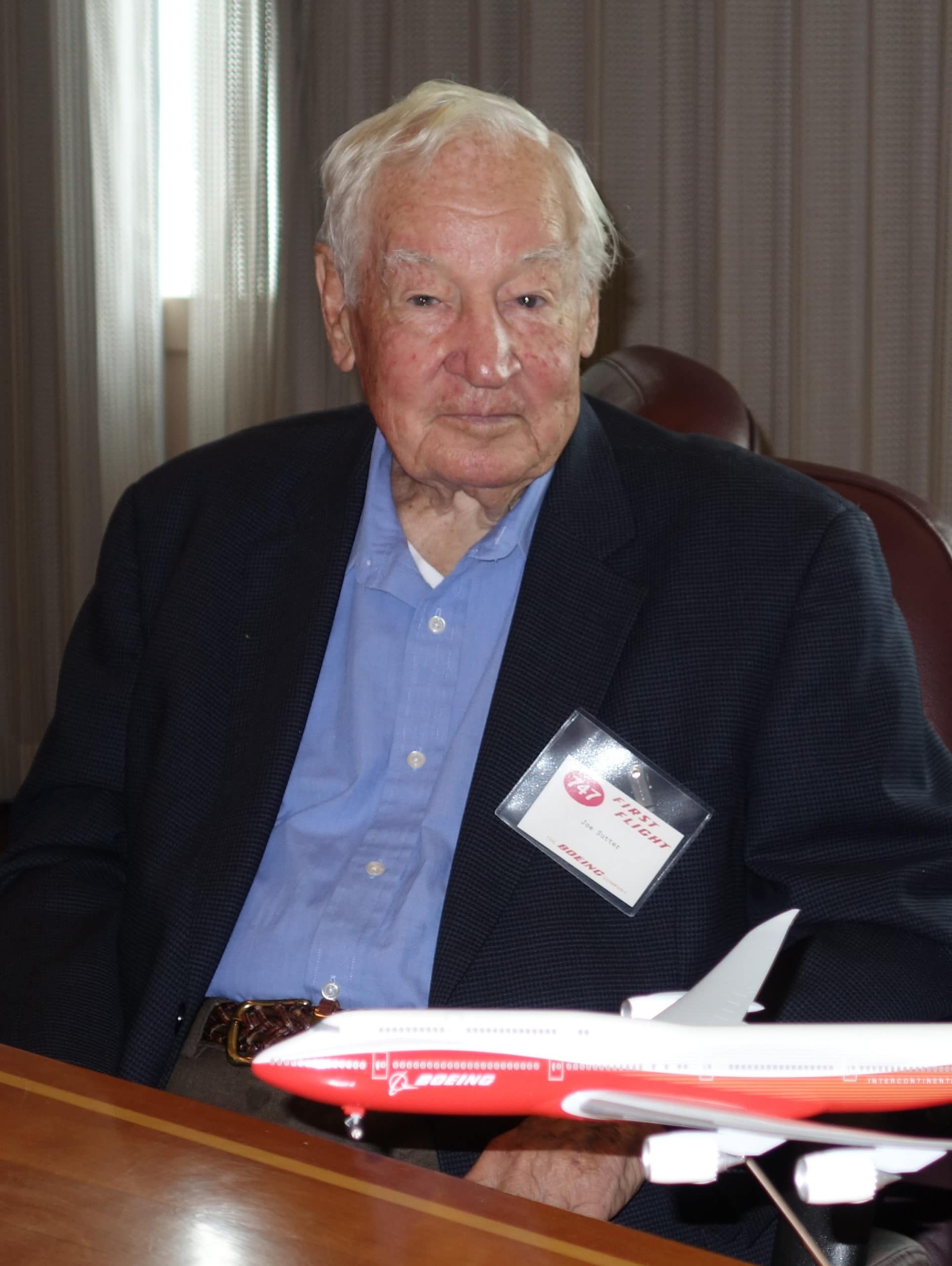
That prototype 747, also known as RA001, is on display at Seattle’s renowned Museum of Flight. The plane recently underwent an exterior restoration, and APEX was honored to speak with Sutter during a celebratory event at the Museum.
For more on the history of the 747, check out “46 Years of 747” in The Education Issue.
The 1960s were an amazing time in aviation and spaceflight. But how did you get the 747 designed and built in such a short time?
I think that people that worked with me, we had a job to do, and we were going to build an airplane to do that job. There was an attitude, if we built a good airplane, it would have a good future. Bear in mind that it was not just a passenger airplane, it was also designed as a freighter. Right now, the 747-8 freighter is outselling the passenger airplane.
Is there a specific feature of the 747’s design that has contributed to its longevity?
The one item that has given the plane a 50 year life is the fuselage. The fact that you could carry 10 passengers across with two aisles, and that you could also carry cargo containers side by side on the main deck, that’s what really made the airplane.
But the wide-body configuration wasn’t the original design?
Juan Trippe, the head of Pan Am, [the 747’s launch airline] was intrigued with a double-decker. It started out as two 707s on top of each other. It was a turkey. The gang looked at all the damn problems, and decided that there had to be a better way of doing it. And so I told them to go into the back room, and to come up with it. And they did, with the wide, single-deck airplane.
What current technologies do you wish you had back in the ’60s, when you were designing the 747?
Composite materials and computers. The 747 was a slide rule plane. Computers don’t design better airplanes, but they give you the ability to do things quicker and to maybe refine things quicker.
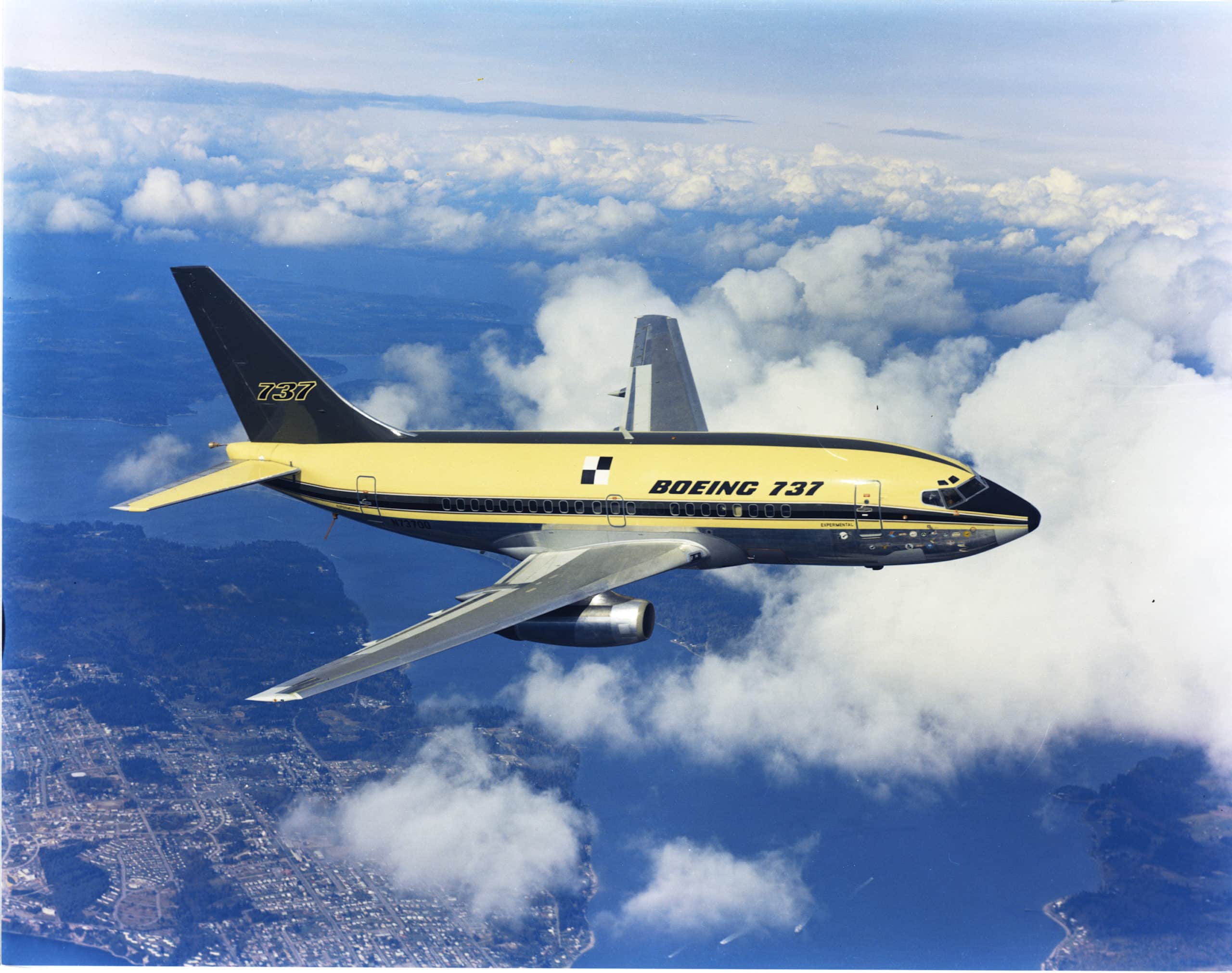
You were also involved in the design of the 737?
I had the tech staff, and we were given the job of seeing if we could build an airplane smaller than the 727. Well, the guys start designing a DC-9! [with rear-mounted engines] So we began looking for a different way of doing it, and our team looked at a way to get the engines back under the wing. The reason for doing it is you get rid of all that weight in the aft fuselage, you get rid of the T-tail, which has some aerodynamic problems, and also you have a more balanced airplane. So if you have to grow it, you can grow it without unbalancing the airplane.
I have to admit, I’m prouder about the 737 than I am the 747 because I’m the guy that said, “Put those damn engines under the wing!”
What advice would you give new graduates, who are planning a career in aeronautical engineering?
Make damn sure they do their own thinking, and not depend on a damn computer to think for them!



